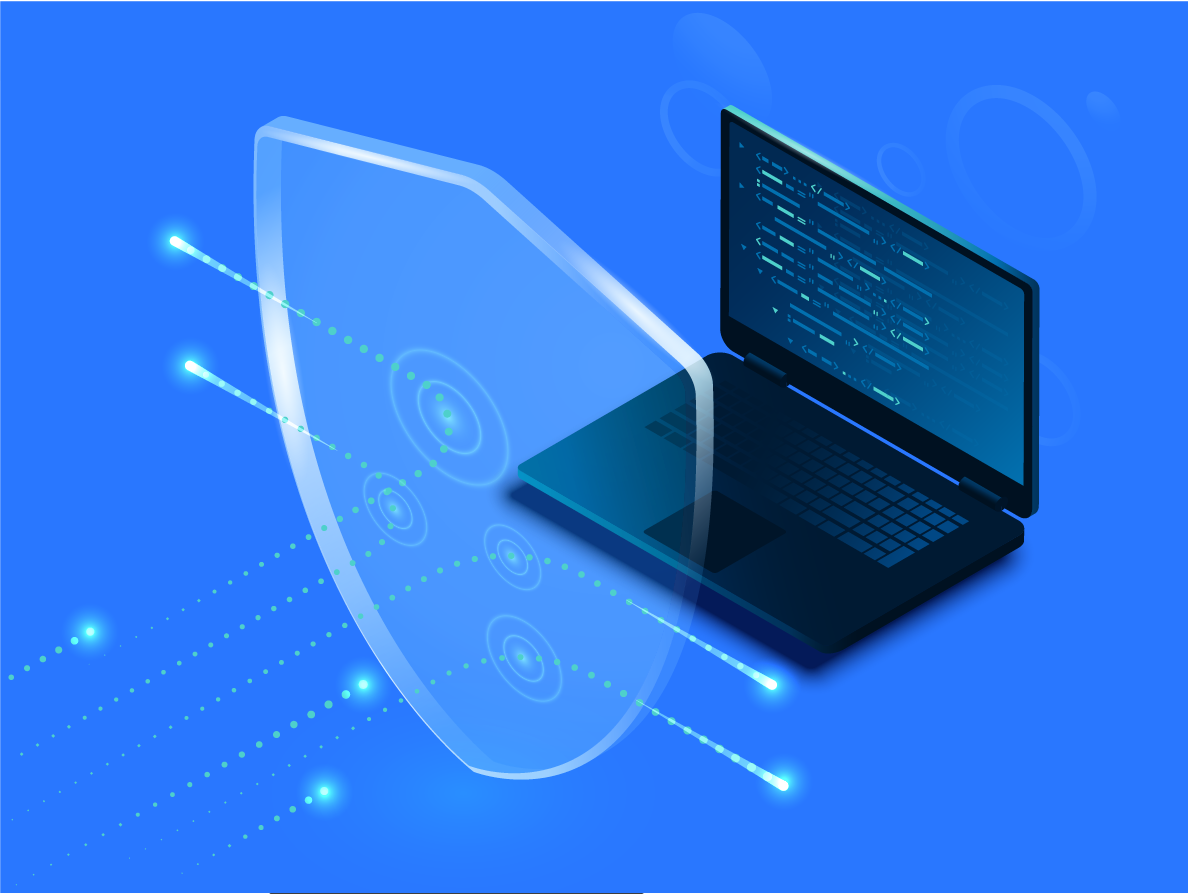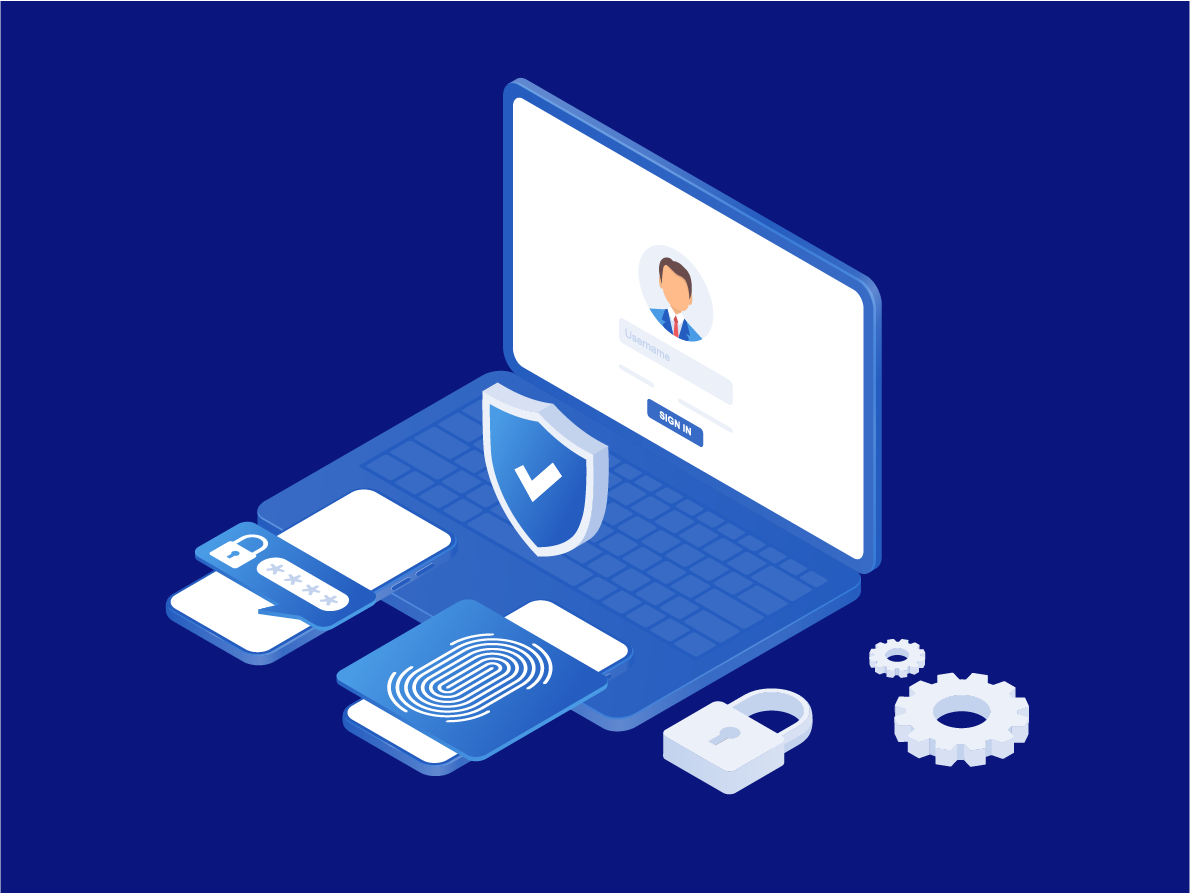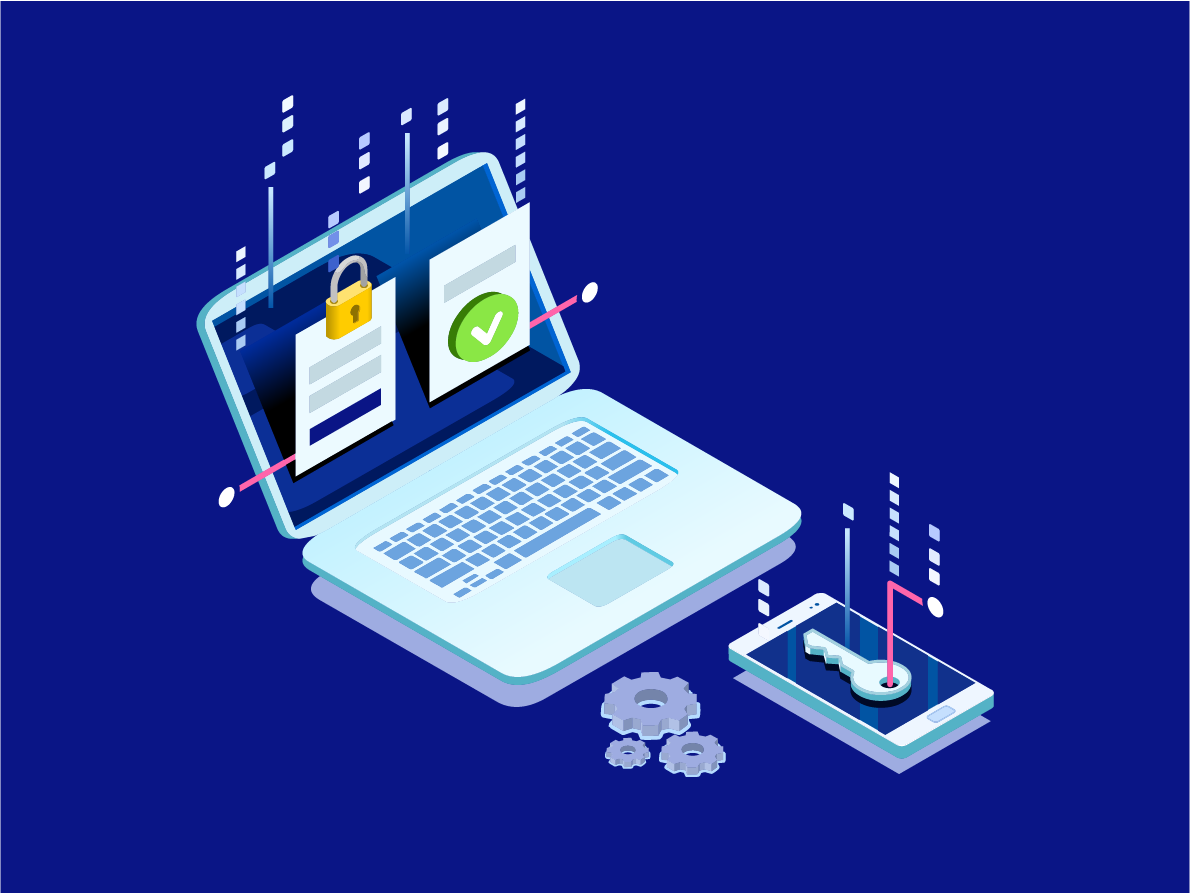
The issue of privacy is a matter of great importance all over the globe. Nearly every country has several statutes, constitutional rights, and judicial decisions that aim to protect privacy.
There are hundreds of privacy laws in the United States at both the state and federal levels. Since 1970, the U.S. Congress has passed statutes to protect the privacy of student records, government records, financial records, and driver records.
Privacy is a fundamental human right. According to the United Nations Universal Declaration of Human Rights of 1948, no one must interfere with a person's privacy, family, or home or attack his honor and reputation.
Furthermore, based on the European Convention of Human Rights of 1950, everyone has the right of respect for their private and family life, residence, and correspondence. It proves that there is a worldwide consensus on the importance and necessity of privacy protection.
General Data Protection Regulation
The General Data Protection Regulation (GDPR) is a law that encompasses protecting the digital information of individuals living in the European Union (EU). With access to a person’s data, anyone can seize control of their identity and cause havoc in their professional and personal lives. Therefore, it is crucial to have stricter oversight and control over how people's information is processed and stored.
Many of the laws that currently apply to online data were created in the mid-1990s, including Windows 95 and America Online (AOL). Still, nobody predicted that in the next 20 years, people would share so much information in the digital space. For example, people have documented their lives on social media over the past two decades, creating a platform of severe vulnerabilities.
GDPR is about controlling data and making sure that people know what information sites store about them. It gives them control over their data and ensures companies comply with the right to be forgotten, underage consents, and data portability requests. It is about limiting vulnerability and controlling how site owners handle information from their users.
Additionally, a vital aspect of GDPR is to verify that the request came from an actual person.
Fraudulent requests from bad actors that might misuse customer data for illicit purposes are a genuine concern. It is also alarming to receive nuisance requests from impostors, which could harass companies and waste valuable time and resources. These false claims can cause damage to the customer as well as the company.
According to GDPR Recital 64, “The controller should use all reasonable measures to verify the identity of a data subject who requests access, in particular in the context of online services and online identifiers. A controller should not retain personal data for the sole purpose of being able to react to potential requests.”
A company can also “request the provision of additional information necessary to confirm the identity of the data subject.”
Personal Data
GDPR also pertains to the processing of personal information. Personal data relates to an identifiable or identified natural person. An identifiable natural person can be determined directly or indirectly by reference to an identifier (name, identification number, and location data) or any other factors specific to their physical, physiological or genetic, mental, economic, cultural, and social identity.
Personally Identifiable Information (PII) vs. Personal Data
Personal data and Personally Identifiable Information (PII) are two different subjects. PII is a term that is primarily used in the United States. The National Institute of Standards and Technology (NIST) defines it as an agency's information about an individual, including data that can help identify or trace them.
Personal privacy, data privacy, and data protection are all essential to ensuring PII security. Thieves can steal a person's identity, create fake accounts, incur debt, falsify a passport, or sell it to criminals by collecting a small amount of their personal information.
Consequently, biometric authentication is increasingly essential to protect individuals' identities and other identifying information, using fingerprints and facial recognition systems to track and record individuals' data.
How is PII Used in Identity Theft?
Numerous retailers, financial institutions, health-related organizations, and federal agencies have suffered data breaches that exposed individuals' PII, making them vulnerable to identity theft. According to Verizon's 2021 Data Breach Investigations Report, there are 5,258 confirmed data breaches in the aforementioned industries, with personal and medical data comprising the most lost data type.
The type of information identity thieves seek depends on what they are looking for. Hackers can break into computers and other digital files to gain access to a person’s PII, allowing them to open bank accounts and file fraudulent claims using the stolen data. Criminals may be able to open accounts using just an email address. Others will require information such as a name, address, and date of birth. Some accounts can be opened online or over the phone.
Criminals may use victims' data without them realizing it. Although thieves might not open credit cards for victims, they could open separate accounts with their information.
PII Security Best Practices
Organizations and government agencies must adhere to strict guidelines when collecting personal information via the internet, customer surveys, or user research. While regulators are working to protect consumer data, users are seeking anonymity in digital communications.
The GDPR of the EU governs how organizations conduct business. It is one of many privacy laws and regulations that are growing in number. GDPR applies to all organizations that collect, store, and distribute sensitive PII from EU citizens and has become a global standard. These organizations are held fully responsible under GDPR for protecting PII data regardless of their location.
Employees, administrators, and third-party contractors must be aware of the consequences and held responsible. Organizations may use predictive analytics and artificial intelligence (AI), which are used to sort through large data sets to ensure that all data is compliant with PII regulations.
On the other hand, individuals must be careful about what they share on social media and shred any important documents before throwing them away. Moreover, they must be mindful of who they give their Social Security numbers to and ensure that their Social Security cards are kept safe. They must also make sure to only buy and browse through websites that use Hypertext Transfer Protocol Secure (HTTPS).
Business employees are also encouraged to practice the following to protect PII:
- Good data backup procedures
- Safely destroy or remove old media with sensitive data
- Install software, application, and mobile updates
- Use secure wireless networks
- Use virtual private networks (VPNs)
Organizations can also prevent the accidental disclosure of PII by relying on strong customer authentication solutions. Other best practices are secure encryption, two-factor (2FA), and multifactor authentication (MFA).
LoginID is a leading provider of passwordless authentication solutions such as MFA, disrupting the authentication and identity verification market. It is a FIDO/FIDO2 passwordless authentication company that provides a SaaS-based Strong Client Authentication Solution, Digital Onboarding, Digital Identity Verification, and PSD2 Strong Customer Authentication solutions.
Privacy and security are at the center of LoginID's services. There is a natural synergy between LoginID's solutions and regulatory rules intended to protect users, including GDPR and the Revised Payment Services Directive (PSD2), which governs electronic payments into and out of the EU.
To learn more about how LoginID can help equip businesses with the necessary fraud prevention tools, get started by registering for a free account.
Visit LoginID's page here to know more about its FIDO2 biometric authentication.
Referenceshttps://searchsecurity.techtarget.com/definition/personally-identifiable-information-PIIhttps://d0znpp.medium.com/securing-personally-identifiable-information-pii-in-web-applications-8cd18406ed54https://medium.com/hackernoon/im-a-developer-and-general-data-protection-regulation-gdpr-is-no-big-deal-or-is-it-2f2b7b3f124https://medium.facilelogin.com/understanding-gdpr-9201e1356418


